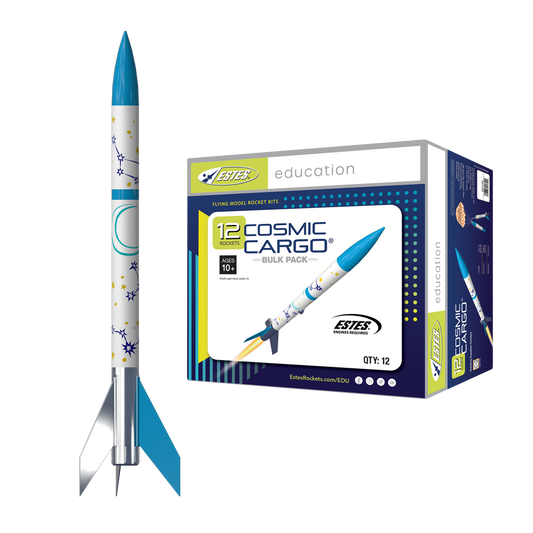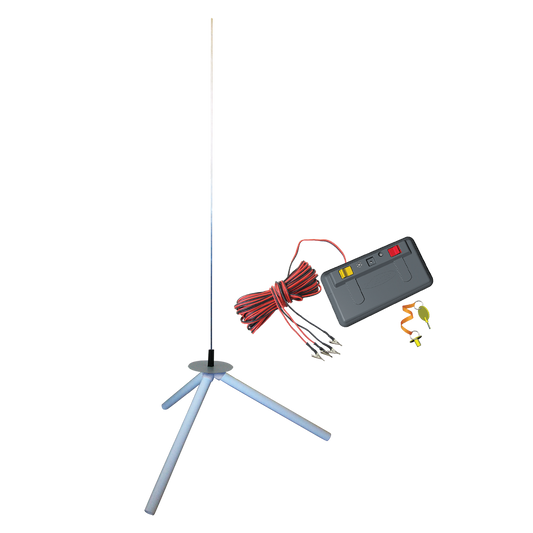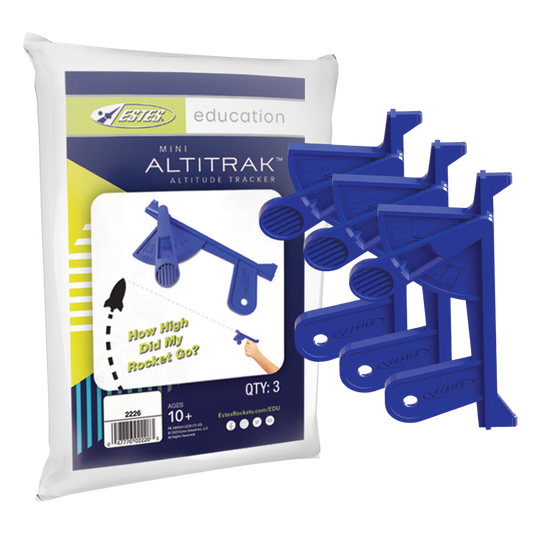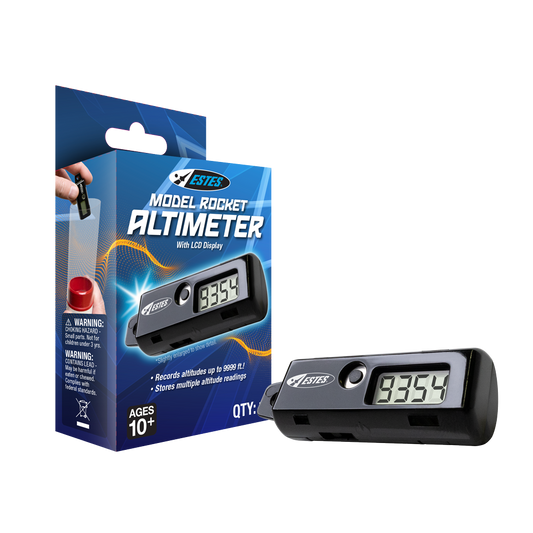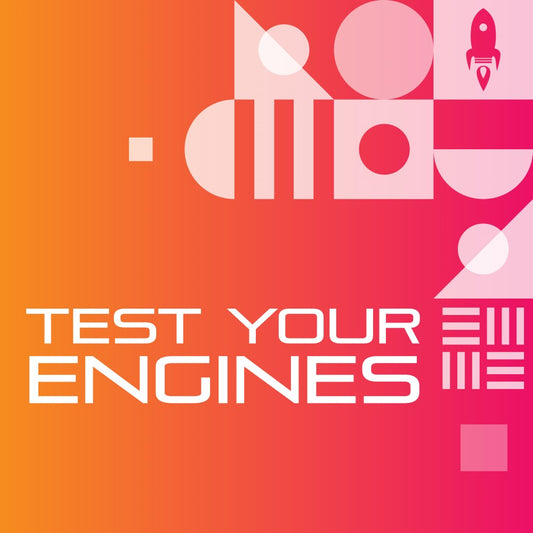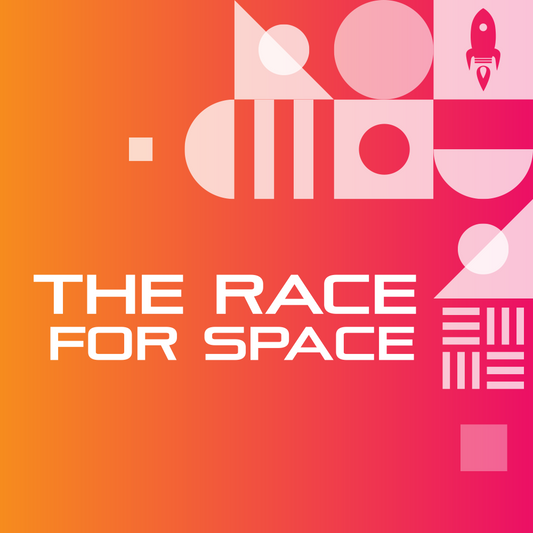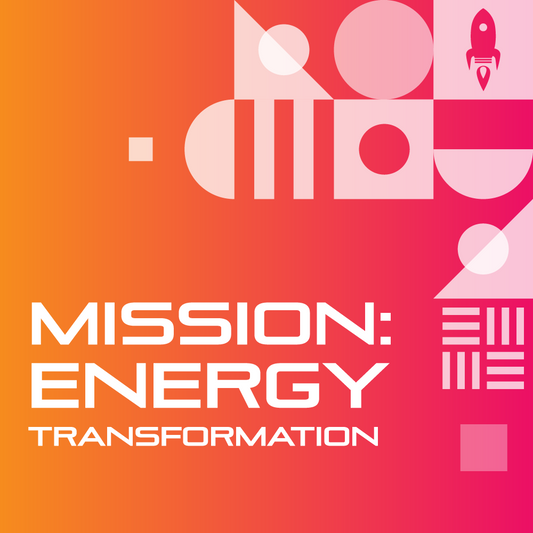Altimeter
A device that measures altitude, the height above a reference level, typically the Earth's surface.
Mini AltiTrak
A gravity protractor used to determine the height of a rocket flight from the angle of the user’s body to the apogee of the rocket flight.
Altitude
The vertical distance or height above a reference point, often the Earth's surface.
Apogee
The highest point in the trajectory of a projectile, such as a rocket, or the point in an orbit farthest from the Earth.
Engine Thrust
The force generated by a rocket's engine to propel it upwards.
Gravity, g
Force attracting a body toward the center of the earth or another mass.
Height, h
Vertical distance from a base level, such as ground or sea level, to an object or point above it.
Tangent
In trigonometry, the ratio of the length of the opposite side to the length of the adjacent side of a right-angled triangle, often used in calculating angles and heights.
Trigonometry
A branch of mathematics dealing with the relationships between the sides and angles of triangles, used in this context for height estimation.

